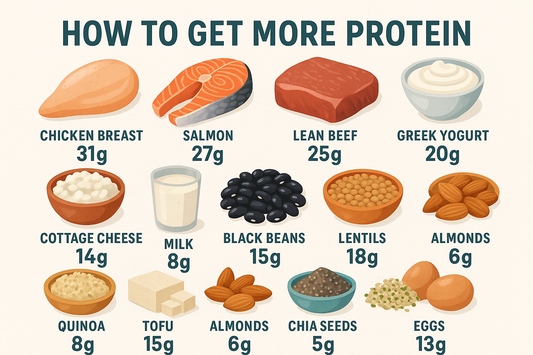
Circuit training has recently become popular (yet again) as a training modality. Both trainers and novices are becoming bored with old-fashioned aerobics classes, aerobic dance is often too intricate for the fast-fitness user or ungraceful male, weight training is still struggling against public misperception of it with bodybuilding frames, so circuit training is marching in as the so-called ‘new’ method of fitness training. In reality, circuit training is a lengthened type of super-setting, which has been used by the bodybuilding community for years, where you would alternate sets between two or a few different exercises. There are thousands of conceivable circuit layouts, with the number of possibilities snowballing with the number of barbells, pulley machines, and other resistance devices offered in various facilities. No circuit layout stands out above any others, whether the most luxurious machines are involved or not. The value of any circuit may be boosted by taking into account the stretching of occurrence, which promotes restoration by means of alternating activity executed between exercises. For instance, this may involve exercise of upper body muscles interchanging with exercise of unfatigued muscles of the legs. In relating this principle to circuit training, upper body stations should then in turn exercise upper and lower body muscles, back and front muscles, or agonistic and antagonistic muscles.
Two examples of efficient approaches are presented here:
| Circuit A | Circuit B |
|
Fixed cycle (4 minutes) |
|
Standing DB Press |
|
Half Squats |
|
Bench Press |
|
Leg Curls |
|
Arm Curls |
|
Leg Extensions |
|
Upright Rowing |
|
Trunk Extensions |
|
Lat Pull-downs |
|
Situps |
|
|
|
|
|
- Depending on the goal of the circuit, the number of repetitions and duration of the rest period can vary considerably
One last important note to make is that the scheme of any circuit training programme is inadequate if care is paid to the single session alone. A long-term plan has to be designed in which the length, type, complexity, and intensity of each circuit is altered to expedite the development of the necessary fitness variables.[1][2]
Bibliography
- Verkhoshansky, Natalia .Special strength training: manual for coaches.S.l.: VerkhoshanskySstm, 2011.
- Verkhoshansky, Yuri Vitalievitch, and Mel Cunningham Siff. Supertraining. 6th ed. – Expanded ed. Rome, Italy: Verkhoshansky, 2009.










